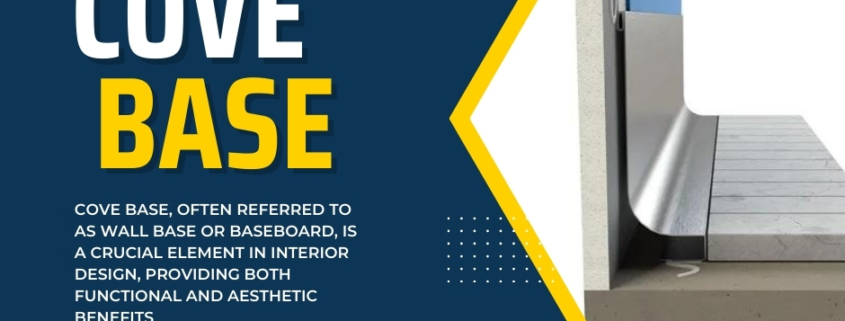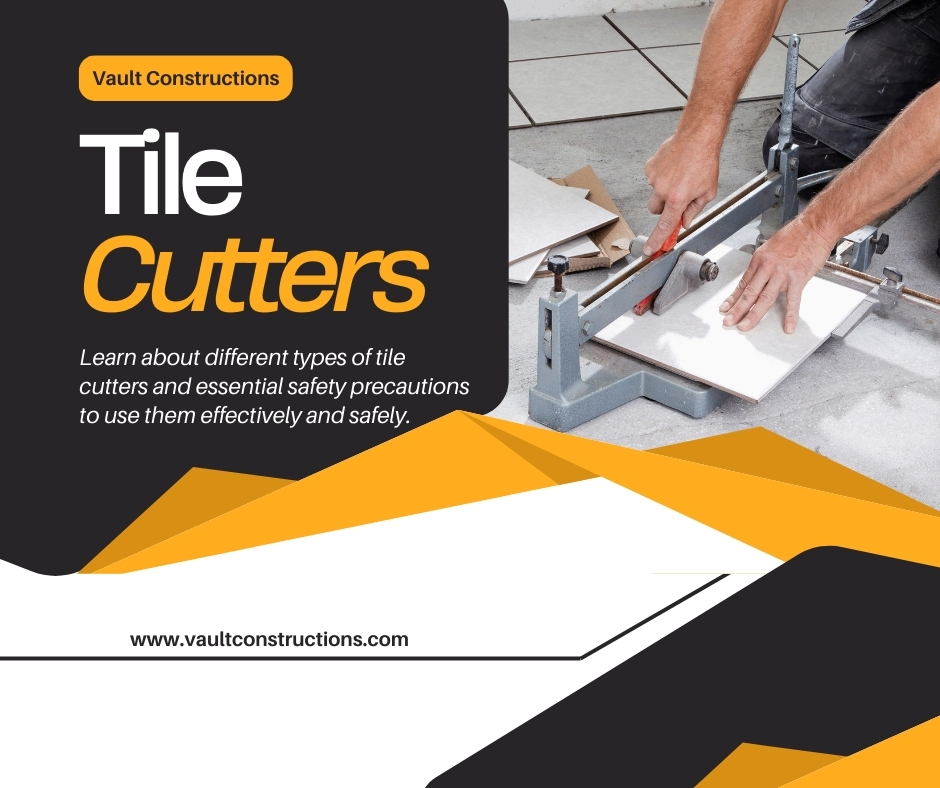Comprehensive Guide to Cove Base in Interior Design
Cove Base: Introduction
Cove base, often referred to as wall base or baseboard, is a crucial element in interior design, providing both functional and aesthetic benefits. This article explores the various aspects of cove base, from its types and installation methods to its impact on interior spaces.
What is Cove Base?
Cove base is a type of molding installed at the junction of an interior wall and floor. Its primary function is to protect the wall from damage while providing a smooth transition between the floor and wall. Cove base is available in various materials, including rubber, vinyl, wood, and metal, each offering unique benefits and aesthetic qualities.
Historical Context of Cove Base
The use of cove base can be traced back to ancient architecture, where stone and wood moldings were used to protect walls and enhance the beauty of spaces. Over time, the materials and designs have evolved, reflecting advancements in manufacturing and changes in interior design trends.
Types of Cove Base
Rubber Cove Base
Rubber cove base is highly durable and resistant to impacts, making it ideal for high-traffic areas. It is available in a wide range of colors and is known for its ease of maintenance.
Vinyl Cove Base
Vinyl cove base is a cost-effective option that offers versatility in design. It is easy to install and maintain, making it a popular choice for both residential and commercial applications.
Wood Cove Base
Wood cove base adds a touch of elegance and warmth to interior spaces. It can be stained or painted to match any décor, but it requires more maintenance compared to rubber or vinyl.
Metal Cove Base
Metal cove base provides a sleek, modern look and is extremely durable. It is often used in industrial and commercial settings where aesthetics and durability are both important.
Benefits of Cove Base
Protection
Cove base protects walls from scuffs, dents, and moisture damage. This is particularly important in high-traffic areas and spaces where cleaning is frequent.
Aesthetic Appeal
Cove base enhances the overall look of a room by providing a finished appearance. It can be used to complement or contrast with flooring and wall colors.
Ease of Maintenance
Cove base is easy to clean and maintain. Rubber and vinyl options, in particular, are resistant to stains and moisture, making them ideal for areas prone to spills and dirt.
Installation of Cove Base
Tools and Materials Needed
- Cove base material of choice
- Adhesive
- Measuring tape
- Utility knife
- Caulk and caulking gun
Step-by-Step Installation Guide
- Measure the perimeter of the room to determine the amount of cove base needed.
- Cut the cove base to the required lengths using a utility knife.
- Apply adhesive to the back of the cove base.
- Press the cove base firmly against the wall, starting from one corner and working your way around the room.
- Use caulk to fill any gaps and ensure a seamless finish.
Common Applications of Cove Base
Residential Spaces
In homes, cove base is often used in kitchens, bathrooms, and hallways to protect walls from damage and add a decorative touch.
Commercial Spaces
In commercial settings, such as offices and retail stores, cove base provides durability and ease of maintenance. It helps maintain a clean and professional appearance.
Healthcare Facilities
Cove base is essential in healthcare environments where hygiene is crucial. Rubber and vinyl options are preferred for their resistance to bacteria and ease of cleaning.
Cove Base: Design Considerations
Matching Cove Base with Flooring
Choosing a cove base that complements the flooring material is crucial for a cohesive look. Consider the color, texture, and material of both the flooring and the cove base.
Color and Finish Options
Cove base is available in various colors and finishes. Neutral tones are popular for their versatility, while bold colors can make a statement in modern designs.
Cove Base: Challenges and Solutions
Common Installation Issues
- Adhesive failure
- Uneven surfaces
- Gaps between the cove base and the wall
Solutions to Common Problems
- Ensure the wall surface is clean and dry before installation.
- Use high-quality adhesive.
- Fill gaps with caulk for a smooth finish.
Environmental Impact of Cove Base
Sustainable Materials
Opting for cove base made from recycled materials can reduce environmental impact. Rubber and vinyl options often include recycled content.
Eco-Friendly Installation Practices
Using low-VOC adhesives and minimizing waste during installation are practices that contribute to a greener approach.
Cove Base: Maintenance and Care
Cleaning Tips
Regular cleaning with mild detergent and water is usually sufficient. Avoid harsh chemicals that can damage the material.
Repair and Replacement Guidelines
Inspect cove base regularly for signs of damage. Replace sections that are worn or damaged to maintain appearance and functionality.
Future Trends in Cove Base Design
Innovative Materials
Emerging materials, such as bio-based plastics and recycled composites, are gaining popularity for their sustainability and performance.
Emerging Styles
Design trends are moving towards minimalist and sleek designs, with cove base options reflecting these aesthetics.
Expert Insights on Cove Base
Interviews with Interior Designers
Interior designers emphasize the importance of cove base in achieving a polished look and protecting walls in various settings.
Industry Trends
The industry is seeing a shift towards more sustainable and versatile cove base options, driven by consumer demand for eco-friendly products.
Cove Base: Case Studies
Successful Installations in Various Settings
Case studies highlight the effective use of cove base in residential, commercial, and healthcare environments, demonstrating its versatility and benefits.
Conclusion
Summary of Key Points
Cove base is a vital element in interior design, offering protection, aesthetic appeal, and ease of maintenance. With various materials and styles available, it can be tailored to suit any space.
Final Thoughts on Cove Base in Interior Design
Investing in quality cove base enhances the durability and appearance of interior spaces. Future trends point towards sustainable materials and minimalist designs, ensuring cove base remains a key component in modern interior design.
FAQ on Cove Base
Q1. What is cove base and its primary function?
A1. Cove base is a type of molding installed at the junction of an interior wall and floor. Its primary function is to protect the wall from damage and provide a smooth transition between the floor and wall.
Q2. What are the different types of cove base materials available?
A2. Cove base materials include rubber, vinyl, wood, and metal. Each type offers unique benefits such as durability, ease of maintenance, and aesthetic appeal.
Q3. What are the benefits of using cove base in interior spaces?
A3. Cove base protects walls from scuffs, dents, and moisture damage. It also enhances the overall look of a room by providing a finished appearance and is easy to clean and maintain.
Q4. What tools and materials are needed for the installation of cove base?
A4. Tools and materials needed for cove base installation include the chosen cove base material, adhesive, measuring tape, utility knife, caulk, and a caulking gun.
Q5. What are some common applications of cove base in different settings?
A5. Cove base is commonly used in residential spaces like kitchens and bathrooms, commercial spaces like offices and retail stores, and healthcare facilities for its durability, ease of maintenance, and hygiene benefits.





Leave a Reply
Want to join the discussion?Feel free to contribute!